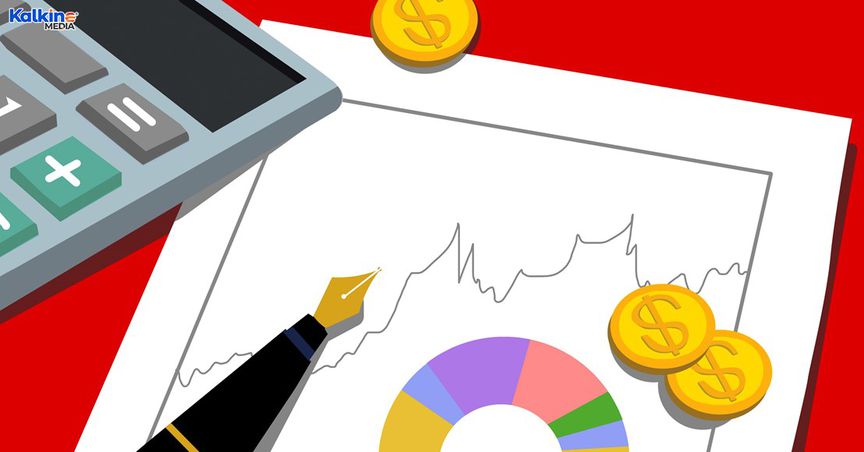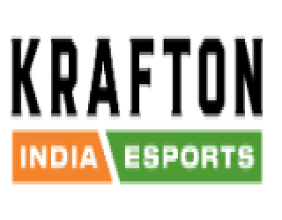Highlights
- ASX 200 closed 0.8% lower, down 56.8 points to 7261.2 after the worst inflation numbers in over two decades.
- Consumer prices jumped by 2.1% through the first three months of the year.
- China’s Covid struggles and the prospect of aggressive monetary tightening by the Fed are pointing to a deteriorating global economic outlook.
In the past few days, investors across the globe have augmented the sell-off in equities. There are concerns that even top performing companies on stock exchanges might not be able to withstand the threatening combination of rising interest rates and slowing economic growth. Investors are therefore constantly vigilant about evolving economic, health and geo-political trends.
Back home in Australia, consumer prices jumped by 2.1% through the first three months of the year. This has taken annual inflation to its highest level in over two decades. A blend of mounting petrol prices, home building costs and university costs seems to have driven Australia’s inflation to such high levels. Now, this is very crucial, as the figures go directly to the heart of the election campaign debate about the cost of living.
In the US, investors are reviewing the latest round of corporate earnings. The reports so far haven’t offset concerns about rising inflation, interest rate hikes and potential damage to global economic growth from pandemic-related lockdowns in China.
In the days to come, the Federal Reserve might aggressively raise interest rates in its fight towards high inflation. In Australia, all eyes are now on next week’s RBA meeting.
How did ASX 200 perform today?
It is yet to be seen if Australia’s share market will perform better than US markets as it relies on commodities, rather than the tech.
The Australian share market opened lower today, catalysed by a heavy overnight sell off in US tech shares. Inflation concerns and China's Covid-19 curbs seem to be dampening risk appetite. In early trade, the benchmark ASX 200 index fell by 0.99%.
Late in the afternoon, ASX 200 was down 0.67%. Technology, banking, healthcare, and consumer staple stocks got hammered, while energy and real estate companies performed well.
Eventually, the index fell for a third straight session. It pared its losses but still closed 0.8% lower, down 56.8 points to 7261.2. Major catalysts were the Big Four banks, Woolworths (ASX:WOW) and Coles (ASX:COL), as well as tech stocks.
On the sectoral front, seven of 11 sectors ended lower. Energy was the best performing sector, gaining +0.97% and rebounding from its recent decline. This sector is off -4.29% for the past five days.
ADD VIDEO-(37) ASX Stock Market Updates | Australia Breaking News | Stock Market Live - YouTube
TITLE- ASX Stock Market Updates | Australia Breaking News | Stock Market Live
Who gained? Who lost?
The top performer today was Whitehaven Coal (ASX:WHC), up over 5%. It was followed by Downer EDI (ASX:DOW). Next up was Champion Iron (ASX:CIA), up 3.3%. Other gainers of the day were NIB Holdings (ASX:NHF) and South32 (ASX:S32).
On the other side, in the red zone of the ASX 200, Life360 (ASX:360) was the biggest laggard, its stock down over 29%. In the March 2022 quarter, there was strong momentum witnessed in the core Life360 business, with 43% year-on-year growth in Paying Circles and 63% year-on-year growth in subscription revenue.
Other stocks in this zone were EML Payments (ASX:EML), Credit Corp Group (ASX:CCP), PointsBet Holdings (ASX:PBH) and Northern Star (ASX:NST). NST reported gold sold of 380,075oz at an all-in sustaining cost (AISC) of A$1,656/oz in the March quarter 2022.

©2022 Kalkine Media®
Asian and global market
China’s Covid struggles coupled with the prospect of aggressive monetary tightening by the Fed are pointing to a deteriorating economic outlook, and the trajectory of Asian equities today seemed to be proving this right. Concerns are also growing that Russia might pause gas flows to Europe and influence the continent’s economic growth.
MSCI Inc.’s Asia-Pacific share gauge fell to the lowest since mid-2020. Bourses in China and Hong Kong fluctuated. South Korea’s Kospi index fell 1.3% and Japan’s Topix index dropped 1.2%. Indian equity market benchmarks also traded with losses.
Overnight on the Wall Street, stocks closed broadly lower. Sharp declines in Big Techs had the Nasdaq witness its worst drop since September 2020. The S&P 500 fell 120.92 points, The Dow Jones Industrial Average fell 809.28 points, and bearing the brunt of the day’s losses, the tech-heavy Nasdaq fell 514.11 points.




